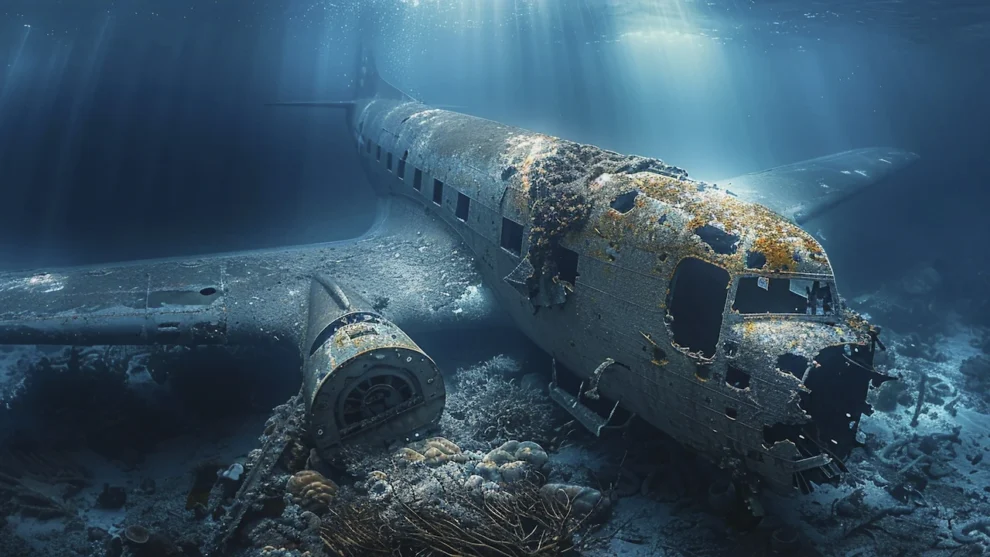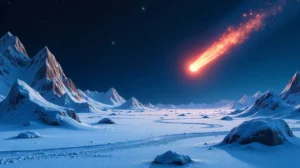The Bermuda Triangle is a legendary and loosely defined region in the western part of the North Atlantic Ocean. It is often referred to as the “Devil’s Triangle” due to a long-standing urban legend that a disproportionately high number of ships and aircraft have disappeared there under mysterious circumstances.
The boundaries of the Bermuda Triangle are generally considered to be the points of Florida, Bermuda, and Puerto Rico.3 However, its exact size and shape are not officially recognized by any government body, and the total area can vary from 500,000 to over 1.5 million square miles depending on the source.
The Origin of the Legend
The concept of the Bermuda Triangle as a mysterious place is a modern creation. The term was first coined in a 1964 article by Vincent Gaddis, who wrote about a pattern of strange events in the region. Authors like Charles Berlitz further popularized the legend in the 1970s, whose books sensationalized the disappearances and linked them to paranormal explanations.
Famous Disappearances
Some of the most well-known incidents associated with the Bermuda Triangle include:
- USS Cyclops (1918): A U.S. Navy collier with 306 crew members and passengers vanished without a trace while en route from Brazil to Baltimore.
- Flight 19 (1945): A squadron of five U.S. Navy torpedo bombers disappeared during a training mission. Radio transmissions from the flight leader indicated that their compasses were malfunctioning, and they were disoriented.9 A rescue plane sent to find them also disappeared.
Explanations and Debunking
While many have proposed supernatural theories to explain the disappearances, the mystery of the Bermuda Triangle is largely considered to be a manufactured one. Reputable organizations like the U.S. Navy, the U.S. Coast Guard, and the National Oceanic and Atmospheric Administration (NOAA) have found no evidence that mysterious disappearances occur with any greater frequency in the Bermuda Triangle than in any other large, well-traveled area of the ocean.
Skeptics and scientists point to a combination of natural and human factors to explain the incidents:
- High Traffic Volume: The Bermuda Triangle is one of the busiest shipping and aviation routes in the world.12 A high volume of traffic naturally leads to more accidents and incidents.
- Environmental Factors: The region is subject to frequent tropical storms, hurricanes, and powerful ocean currents like the Gulf Stream, which can cause sudden and violent weather changes. Rogue waves, which can be massive and powerful enough to sink a large vessel, are also a possibility.
- Geophysical Phenomena: Some theories suggest the possibility of methane gas eruptions from the seafloor, which could reduce the density of the water and cause a ship to lose buoyancy and sink rapidly. However, no evidence of such eruptions has been found.
- Human Error and Misinformation: Many of the reported disappearances can be attributed to human error, equipment failure, or navigational mistakes. Furthermore, many of the stories about the Bermuda Triangle have been found to contain factual errors, exaggerations, or even fabricated details. For instance, some vessels reported as “disappeared” were later found to have safely reached their destination or to have sunk in a different part of the world.
In conclusion, while the legend of the Bermuda Triangle continues to captivate the public imagination, the scientific and investigative consensus is that there is no mystery. The incidents that have occurred can be explained by a combination of natural hazards, human error, and the simple reality that a busy and sometimes treacherous stretch of ocean will inevitably see its share of accidents.





Add Comment